Market Share
Radiation Protection Apparels Market Share Analysis
In the realm of radiation protection apparels, the choice of materials is pivotal in determining the efficacy, durability, and overall performance of these protective garments. Among the materials, the Lead-Based segment has asserted its dominance, accounting for the largest market share of 52.87% in 2021, with a substantial market value of USD 339.75 million. This segment is expected to continue its ascendancy, registering the highest Compound Annual Growth Rate (CAGR) of 7.5% during the forecast period. Lead and lead alloys have long been regarded as excellent materials for radiation shielding, owing to their exceptional properties.
One of the standout features of lead as a shielding material is its ease of use. This malleable and ductile material allows for easy manipulation and adaptation to various forms, making it highly versatile in manufacturing protective apparels. This ease of workability is a significant advantage, especially in industries where tailored and customized shielding solutions are crucial.
Moreover, lead excels across all types of shielding applications, demonstrating superior performance in providing effective protection against radiation exposure. For individuals working with or around radiation, lead serves as a reliable protective barrier, instilling a sense of security and peace of mind. Its efficacy in attenuating radiation makes it a trusted choice for diverse applications, from medical settings to industrial environments where radiation exposure is a concern.
However, the extensive use of lead in protective apparels has raised environmental concerns. The disposal of over 150,000 lead X-ray aprons annually contributes to the generation of more than 1 million pounds of toxic lead metal waste globally. Recognizing the environmental impact and potential health risks associated with lead exposure, there is a growing shift towards lead-free products.
The Lead-Free segment emerged as a robust contender, holding the second-largest market share in 2020, valued at USD 357 million. Lead-free materials represent a significant innovation in radiation protection apparels, addressing both environmental and health concerns. These lead-free alternatives are typically composed of two attenuating elements, providing a flexible and lightweight solution while maintaining excellent protective capabilities.
One notable example of lead-free innovation is AliMed's FeatherLite Lead-Free weight option, available in Perfect Fit™ Aprons. This product leverages innovative technology to achieve the same 0.5 mm Pb-equivalent level of protective antimony, with less embedded plastic. The result is a lead-free option that is 10% lighter than Ultralight Lead-Free alternatives and 42% lighter than Standard Lead aprons. This reduction in weight is achieved without compromising on protection, and it addresses the potential risk of injuries associated with heavier protective aprons.
Beyond lead and lead-free options, there is ongoing research in the radiation protection apparels market exploring composites such as tungsten and barium sulfate (BaSO4)-containing PET fibers. These materials offer alternative approaches to radiation shielding, presenting new possibilities for developing advanced protective garments with enhanced properties.
In conclusion, the materials used in radiation protection apparels play a pivotal role in shaping the industry landscape. While lead has historically dominated due to its excellent shielding properties, the environmental and health concerns associated with lead exposure have fueled the rise of lead-free alternatives. The Lead-Based segment continues to lead the market, but the Lead-Free segment is gaining momentum, driven by innovations that prioritize both effectiveness and environmental sustainability. As technology advances, the ongoing research into novel materials promises to bring further advancements, ensuring that radiation protection apparels evolve to meet the ever-changing demands of safety, efficiency, and environmental responsibility.

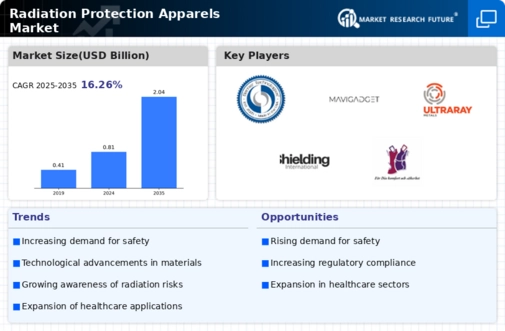
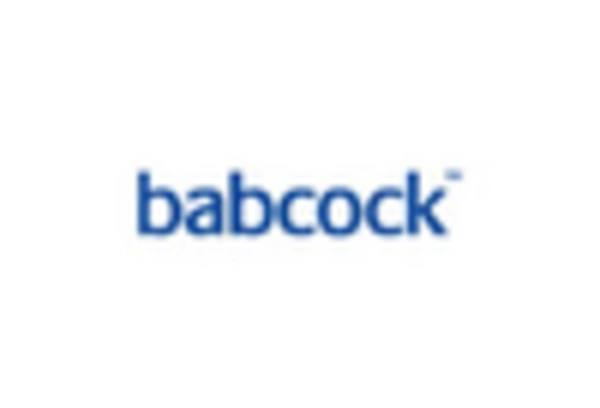
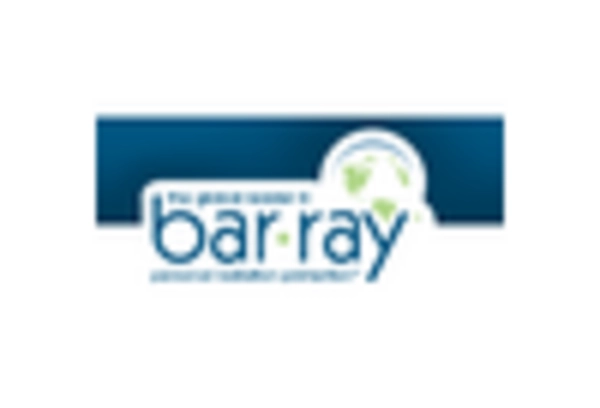
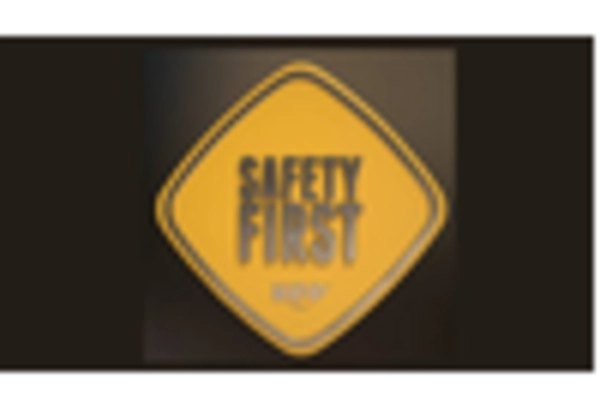
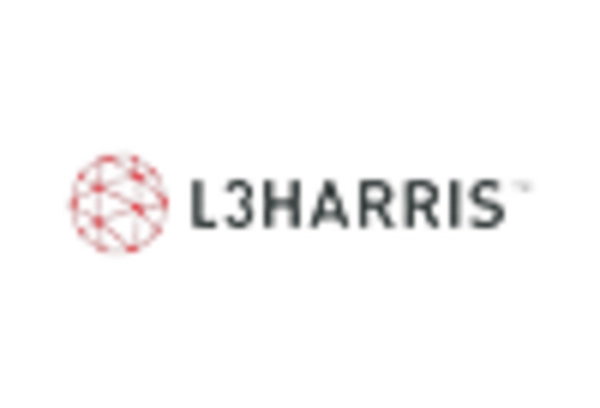
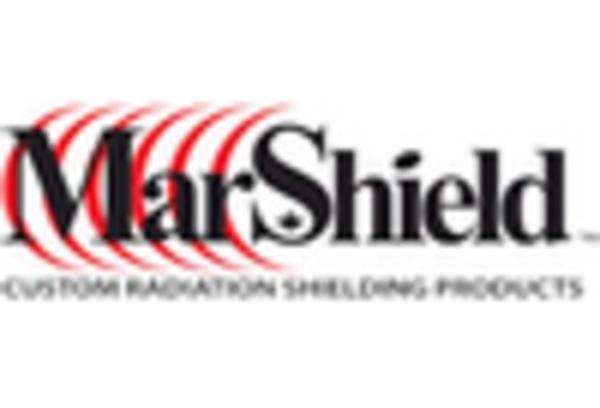










Leave a Comment